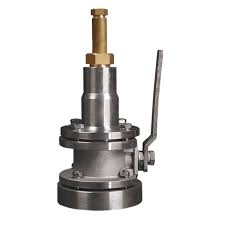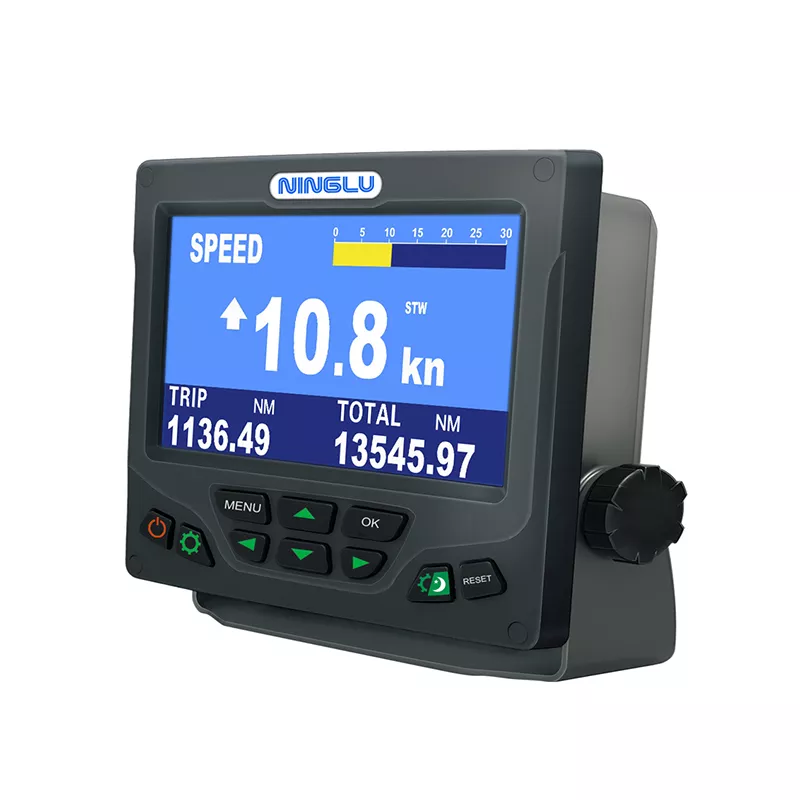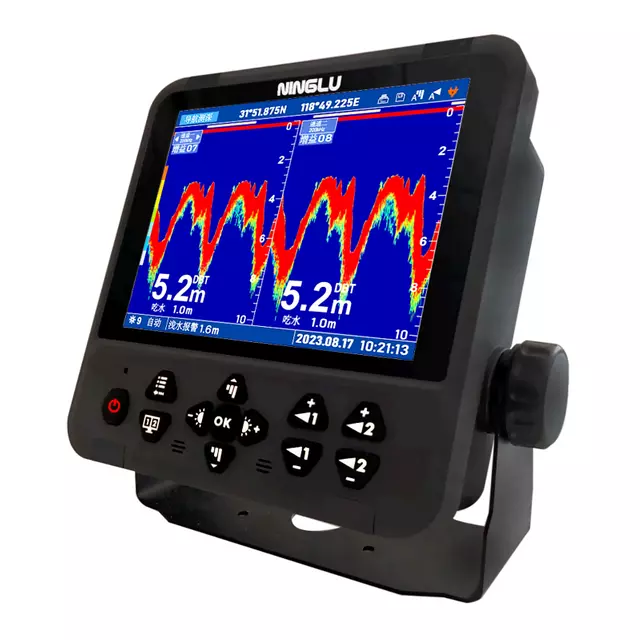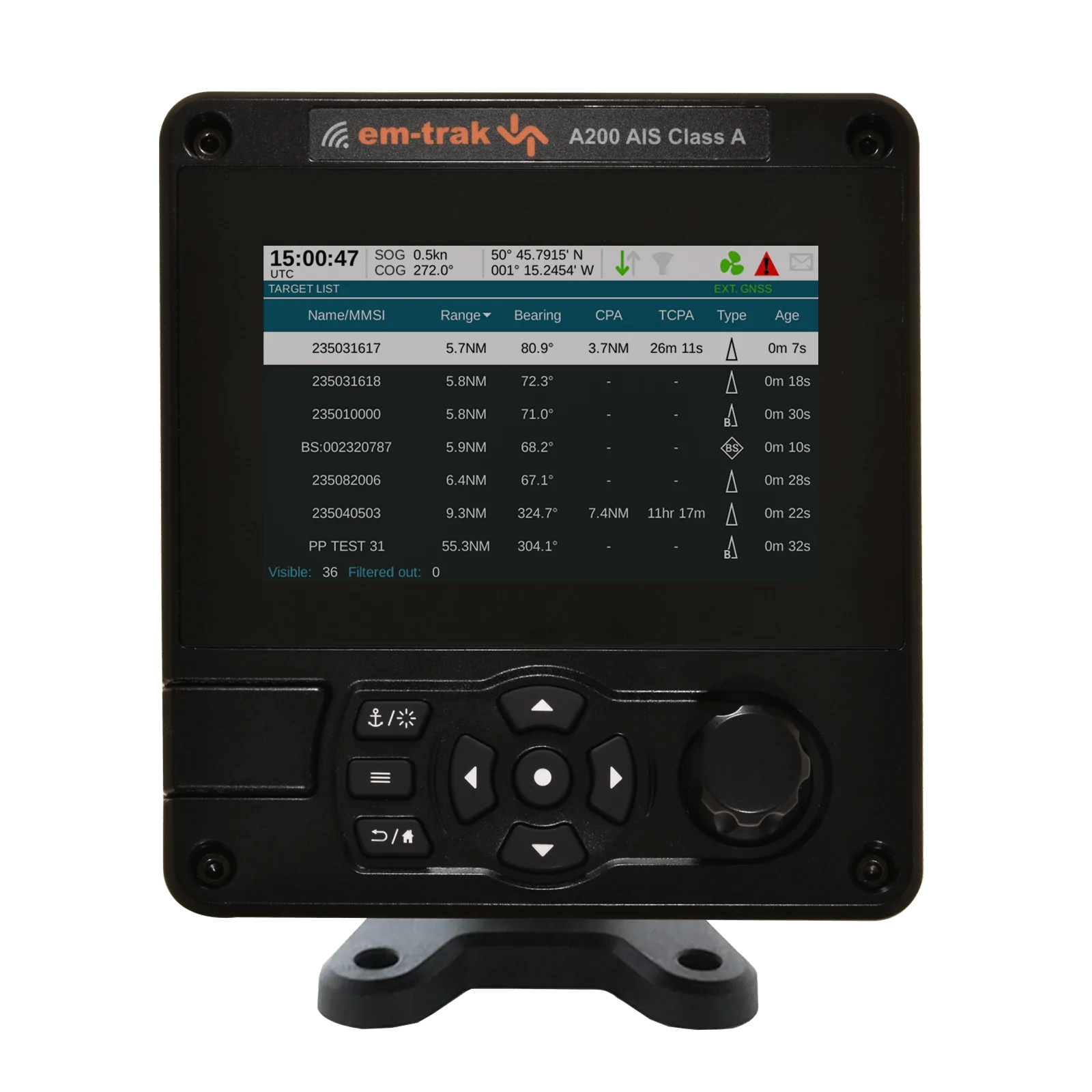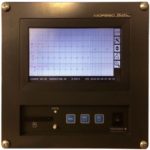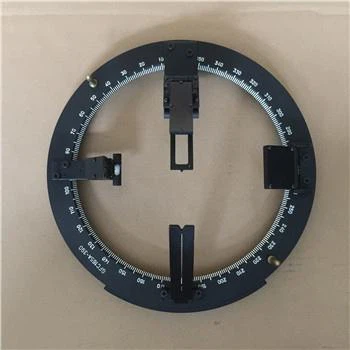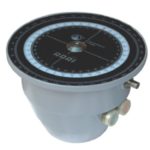ARPA RADAR
Automatic Radar Plotting Aid (ARPA) RADAR System are essential tools in maritime navigation, providing vessel operators with advanced capabilities for collision avoidance, target tracking, and situational awareness. These System enhance safety and efficiency at sea by integrating radar data with navigational information. Below are some frequently asked questions (FAQs) about ARPA RADAR System:
| Question | Answer |
|---|---|
| What is ARPA RADAR? | ARPA RADAR, or Automatic Radar Plotting Aid, is a radar-assisted navigation system used onboard ships to track and display the positions of nearby vessels, aiding in collision avoidance and navigation. |
| How does ARPA RADAR work? | ARPA RADAR works by automatically plotting and tracking radar targets, calculating their positions, courses, and speeds to assist vessel operators in making navigational decisions. |
| What are the key features of ARPA RADAR? | Key features include automatic target acquisition, tracking multiple targets simultaneously, calculating closest points of approach (CPA) and time to closest point of approach (TCPA), and integrating with navigational displays. |
| Who uses ARPA RADAR? | ARPA RADAR is used by commercial shipping vessels, passenger ships, naval vessels, and offshore platforms where accurate navigation and collision avoidance are critical. |
| What is the difference between ARPA RADAR and conventional radar? | ARPA RADAR automates target tracking and provides additional navigational data, such as CPA and TCPA, which conventional radar System do not calculate automatically. |
| Is ARPA RADAR easy to integrate with existing ship navigation System? | Yes, ARPA RADAR System are designed to integrate seamlessly with existing ship navigation System, enhancing overall situational awareness and operational efficiency. |
| Can ARPA RADAR operate in adverse weather conditions? | Yes, ARPA RADAR System are equipped to operate effectively in adverse weather conditions, providing reliable target tracking and collision avoidance capabilities. |
| What training is required to operate ARPA RADAR? | Operators require training to understand ARPA RADAR functionality, interpretation of radar displays, and application of collision avoidance principles to ensure safe navigation. |
| Are there regulations governing the use of ARPA RADAR? | Yes, maritime regulations mandate the use of ARPA RADAR on certain vessels and require operators to adhere to specific operational guidelines to ensure safe navigation practices. |
| How has ARPA RADAR technology evolved over time? | Advancements in technology have led to more sophisticated ARPA RADAR System with improved accuracy, enhanced target tracking capabilities, and integration with electronic chart displays (ECDIS) for comprehensive situational awareness. |
Conclusion
ARPA RADAR System are integral to modern maritime navigation, providing vessel operators with essential tools for collision avoidance, target tracking, and navigational decision-making. By leveraging advanced radar technology, these System enhance safety, efficiency, and situational awareness at sea, ensuring smooth and secure voyages across diverse maritime environments.

